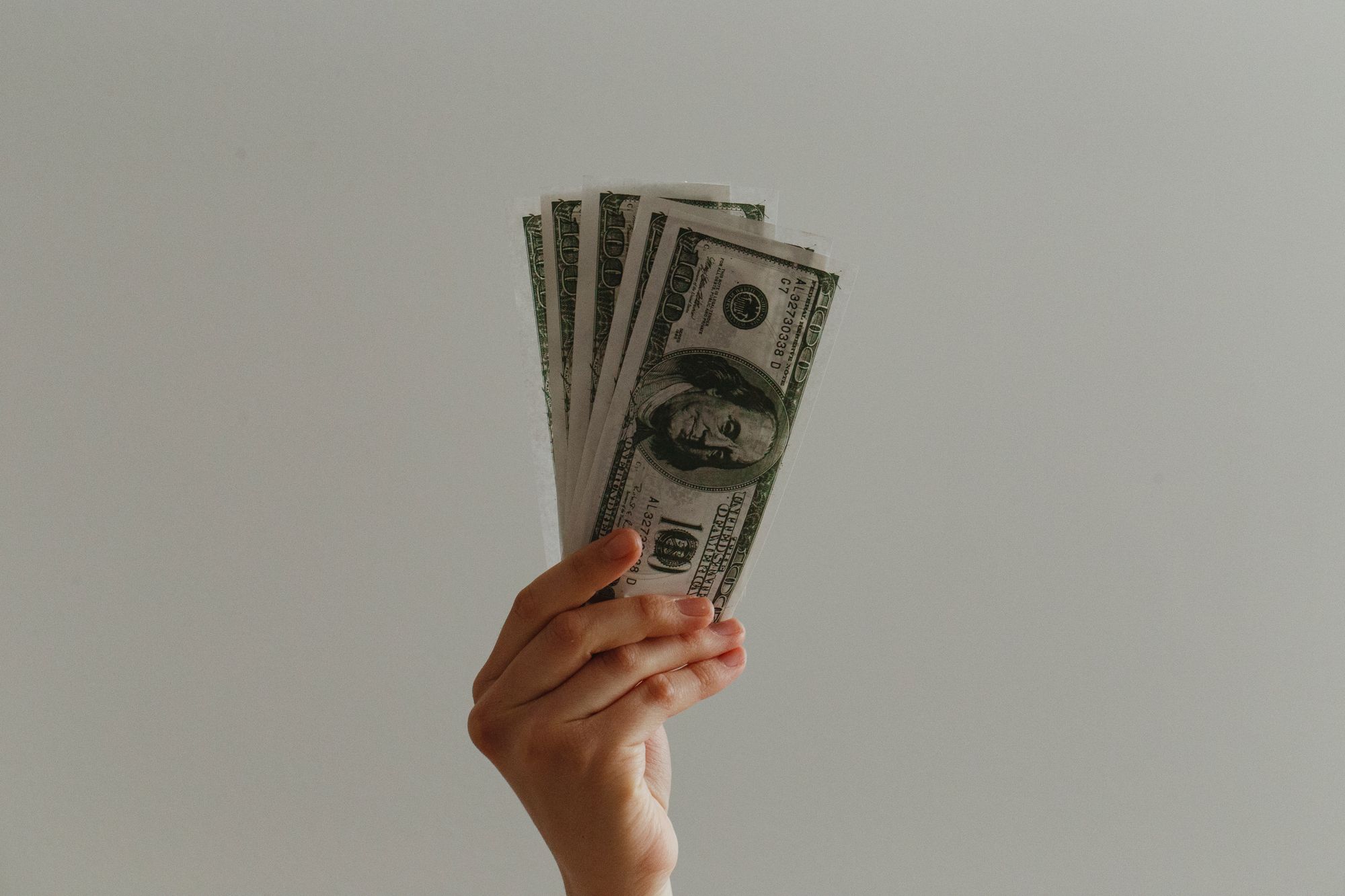
Understanding Your Cash Investment Options
Cash isn’t just for your savings account! Here’s a look at how to invest cash and make it work for you.
When you think of investing, you probably think of stocks. You know, the vague, intangible thing that’s synonymous with Wall Street and will theoretically earn you money over time.
But the truth is, there’s a whole wide world of investments out there—including cash investments. Yes, cash, like the one dollar bills you have in your wallet.
Not sure how to invest cash? Here’s a closer look at cash investments and how you can make your cash work harder.
Cash as an Asset: Understanding Cash Investment
If you know finance, you know the distinction between money (a measurable amount of currency) and cash (a physical form of currency), even though they’re often used interchangeably in everyday language. You also know that when we talk about cash in investing terms, we’re often talking about liquid assets, i.e. cash on hand or assets that can be easily converted into cash.
Cash investments are something else entirely.
In finance, cash investments are short-term obligations providing a return in the form of interest payments. When we say short, we mean short—usually less than 90 days. Because of the short turnaround, these investments are highly liquid—they’re designed to be converted into cash in 90 days or less. Think of them as the textbook example of a liquid asset.
Why Use Cash Investments?
The biggest benefit of cash investments is, well, cash. These investments are deliberately designed to be highly liquid, which means you can easily draw on them when you need funds. They’re basically the definition of liquid—after all, cash is the universal measuring stick for liquidity.
Other than liquidity, investors tend to rely on cash investments for stability. Remember, stocks are liquid too, but they’re also prone to market volatility, which means your stock might be worth half as much today as it was yesterday. Cash retains stable value, and its returns aren’t correlated with the market like stocks.
For this reason, investors who are concerned with capital preservation often turn to cash investments.
There are two downsides to cash investments.
First is their stability, which proves to be a double-edged sword. On one hand, cash investments don’t tend to plummet in value, so they’re low risk. On the other hand, they don’t gain much value either—low interest rates are a characteristic feature.
Second, like cash itself, cash investments may not perform well relative to inflation. Again, cash tends to hold steady value, but that steady value loses purchasing power over time in the face of inflation.
In short? People rely on cash investments as a low-risk investment that can double as a rescue asset if needed. You won’t see phenomenal gains, but you can count on it to liquidate to cash when you need it. Think of it as a diversification tool and you’re right on the money (see what we did there?)
How to Invest Cash
With that in mind, let’s talk about how to invest cash. The idea is pretty simple: you put your money into a short term investment, collect interest over the short lifetime of the investment, and collect your cash reserve. Many investors use them as a place to stow cash temporarily while researching other investments.
Types of Cash Investments
Any type of highly liquid, short-term obligation that doubles as a cash reserve can be viewed as a cash investment. A few common ones include:
- Savings accounts
- Treasury bills
- Money market accounts
- Certificates of deposit
A money market account is a type of interest-bearing account at a bank or credit union, not to be confused with a savings account or a money market mutual fund. These pay slightly higher interest than savings accounts, and unlike money market mutual funds, they’re insured by the Federal Deposit Insurance Corporation (FDIC). They even offer a debit card and check-writing privileges like a checking account. However, keep in mind that these accounts typically have limited transactions per month (six transfers and electronic payments per month).
A certificate of deposit is basically a deal with your bank: you deposit a lump sum and agree not to touch it for a specified period of time in exchange for an interest rate premium. These offer even better interest rates than savings accounts and money market accounts, but you can’t touch it until the time period is up. On the other hand, the longer the time period, the higher the interest rate. This makes CDs especially attractive to savers who don’t want their money to ebb and flow with the stock market.
How Much of Your Portfolio Should Be Cash?
The percentage of cash in your portfolio depends on your investment style, timeline, and what you’re trying to achieve. It could be anywhere from 2% to 10%.
Cash investments are ideal for those who need capital preservation above all else. If you’re younger, you have more time to make your money grow, and keeping too much cash in reserves produces a performance drag. On the other hand, if you’re older, your cash investment percentage should be higher since you’ll need the money sooner.
Let’s Make Your Portfolio Stronger Than Ever
If you’re figuring out how to invest cash, keep in mind that cash is just one small part of your larger portfolio. The strongest portfolios are those with diversified assets that can hold up to a lot of market surprises.
At Masterworks, we’re here to make fine art investing accessible for everyone. Everyday investors just like you can own shares in multi-million-dollar artworks for as little as $20—we handle the research, authentication, and auction process for you, so all you have to do is purchase shares in art you love and hold onto them in time for the sale.
Ready to make your portfolio go even further? Fill out your membership application today.